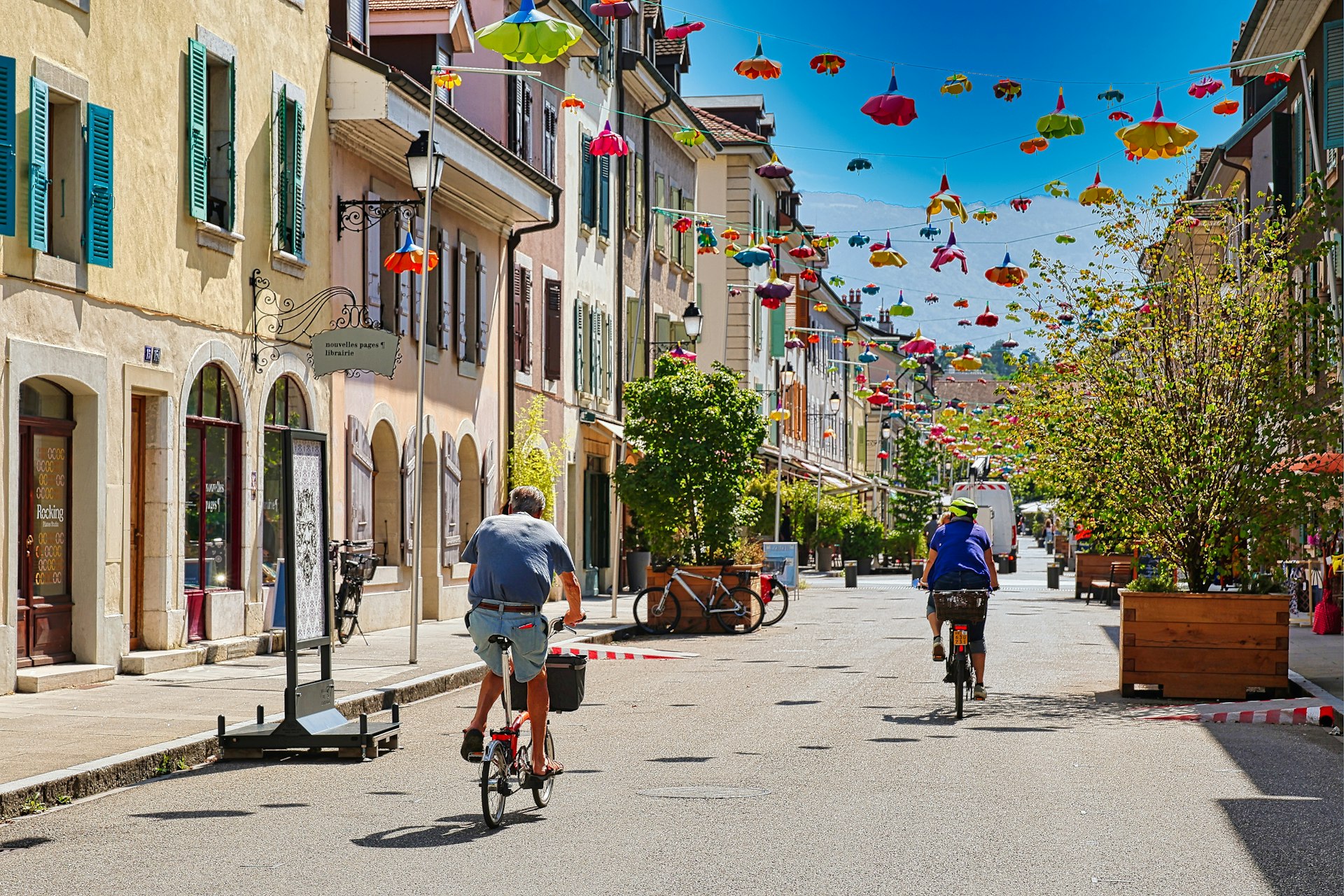Unlocking Value: Implementing Green Infrastructure in Real Estate

Photo by Nerea Martà Sesarino on Unsplash
Introduction
Green infrastructure is reshaping the real estate landscape by integrating natural systems into urban environments. This approach harnesses nature-based solutions-such as parks, green roofs, rain gardens, and permeable pavements-to solve pressing challenges like stormwater management, heat mitigation, and biodiversity loss. For real estate professionals, adopting green infrastructure is not just about sustainability-it’s a strategic investment that can increase property value, attract tenants, reduce operating costs, and future-proof assets against climate risk [1] .

Photo by Hugo Xie on Unsplash
What Is Green Infrastructure?
Green infrastructure refers to networks of natural and semi-natural areas-such as green roofs, urban forests, rain gardens, and permeable pavements-designed to work with natural processes for managing water, reducing heat, and supporting biodiversity. Unlike “gray” infrastructure (pipes, sewers, concrete), green infrastructure delivers multiple benefits at once: it manages stormwater, improves air quality, enhances recreational spaces, and provides habitats for wildlife [2] . This holistic approach creates resilient, attractive, and healthier communities, making it increasingly central to modern real estate development [3] .
Core Benefits for Real Estate
Integrating green infrastructure into real estate offers several key advantages:
- Climate Resilience: Features like bioswales and green roofs help manage stormwater, reduce flood risk, and moderate urban heat, minimizing damage and ensuring business continuity [1] .
- Cost Reduction: Green systems can lower energy bills by providing natural insulation and shade, and reduce the burden on municipal drainage systems, leading to operational savings [5] .
- Increased Property Value: Properties near green spaces or with on-site green amenities command higher rents and sale prices, as seen in projects like CIM’s 888 Hope apartment complex in Los Angeles [1] .
- Tenant Attraction and Retention: Access to nature improves occupant well-being, creativity, and productivity, making properties more desirable for both residential and commercial tenants [1] .
- Regulatory Compliance and Incentives: Many cities are adopting green infrastructure requirements and offering incentives, grants, or tax credits for projects that incorporate green systems. To access these, consult your local planning authority or municipal government website for current programs.
Types of Green Infrastructure in Real Estate
Green infrastructure can be implemented at various scales, from individual lots to entire neighborhoods. Common examples include:
- Green Roofs and Walls: Vegetated surfaces on buildings that absorb rainwater, provide insulation, and create urban habitats.
- Rain Gardens: Landscaped depressions that capture and filter stormwater runoff from roofs and paved areas.
- Permeable Pavements: Surfaces that allow water to infiltrate, reducing runoff and recharging groundwater [3] .
- Urban Forests and Trees: Street trees and wooded areas that provide shade, improve air quality, and sequester carbon.
- Parks and Open Spaces: Multi-functional recreational areas that support mental and physical health while enhancing urban biodiversity.
Choosing the right mix depends on site conditions, project goals, and available funding. For inspiration, review successful case studies from organizations such as the Global Real Estate Sustainability Benchmark (GRESB) [1] .
Implementing Green Infrastructure: Step-by-Step Guidance
Making green infrastructure part of your real estate strategy requires careful planning. Here are actionable steps:
- Assess Site Needs and Opportunities: Conduct a site analysis to identify risks (e.g., flooding, heat) and opportunities for integrating green elements. Consult with a qualified landscape architect or environmental engineer.
- Develop a Business Case: Consider both upfront costs and long-term savings. Factor in benefits such as reduced insurance premiums, increased asset value, and potential incentives. Gather supporting research from respected sources like GRESB [1] .
- Design with Stakeholders: Involve tenants, community members, and local authorities in the planning process to ensure solutions meet user needs and regulatory requirements. Explore voluntary certification systems, such as LEED or the WELL Building Standard, for added value.
- Identify Funding Sources: Many cities, states, and federal agencies offer grants, rebates, or tax credits for green infrastructure. To find programs, search for “green infrastructure grants” plus your city or state, or contact your local department of environmental protection.
- Engage Qualified Professionals: Work with experienced landscape architects, engineers, and contractors with a proven track record in sustainable design and construction.
- Monitor and Maintain: Create a long-term maintenance plan, as green infrastructure requires care to perform optimally and deliver promised benefits. Regularly inspect plant health, drainage function, and system integrity.
Alternative approaches include phased implementation, starting with pilot projects to demonstrate value before scaling up across a portfolio.
Case Study: Urban Greening and Property Value
Consider the example of CIM’s 888 Hope apartment complex in Los Angeles, which incorporates private parks and green spaces as a core amenity. The development has seen increased tenant demand and higher rental rates as a result of its urban greening strategy [1] . Across the industry, properties adjacent to green space regularly achieve rent premiums and experience lower vacancy rates, illustrating the financial and social return on green infrastructure investment.
Overcoming Challenges
Barriers to green infrastructure adoption in real estate can include perceived high upfront costs, uncertainty about return on investment, and knowledge gaps. Solutions include:
- Education and Demonstration: Use pilot projects to build organizational knowledge and showcase benefits.
- Leveraging Incentives: Offset costs by applying for grants, rebates, or tax credits. Consult your city or state environmental agency for available programs.
- Integrated Planning: Work across disciplines-combining landscape, engineering, and real estate expertise-to identify cost-effective, multifunctional solutions.
- Long-Term Perspective: Emphasize lifecycle value and resilience benefits, not just initial installation costs.
Some organizations also partner with academic institutions or nonprofit groups to access expertise and support implementation.
Getting Started: Actionable Steps and Resources
If you are interested in implementing green infrastructure in your real estate project:
- Start by reviewing your local government’s sustainability and planning resources. Many cities have dedicated offices or departments focused on green infrastructure and climate adaptation.
- Consider reaching out to your regional U.S. Environmental Protection Agency (EPA) office or searching for “EPA green infrastructure” for official guidance and technical resources.
- Contact your local American Society of Landscape Architects (ASLA) chapter for referrals to qualified professionals with green infrastructure expertise.
- Look for state or local grant programs by searching “[your state] green infrastructure grant program.” For example, New York State offers green infrastructure grants through its Environmental Facilities Corporation.
- Explore voluntary green building certifications, such as LEED or WELL, which include credits for green infrastructure implementation.
For more information, you can also consult resources provided by the Global Real Estate Sustainability Benchmark [1] or review comprehensive overviews from trusted organizations and academic institutions [2] .
Conclusion
Incorporating green infrastructure into real estate delivers measurable value for owners, tenants, and communities. By harnessing nature-based solutions, real estate professionals can boost asset performance, enhance occupant well-being, and build climate-resilient portfolios. While challenges remain, a growing body of evidence and expanding support from governments and industry groups make green infrastructure a practical, strategic choice for forward-thinking real estate leaders.
References
- [1] GRESB (2023). Green infrastructure: A strategic investment for climate resilience.
- [2] Wikipedia (2024). Green infrastructure.
- [3] University of Bath (2023). Green infrastructure, defined: how could it help us solve the climate crisis?
- [4] Klausing Group (2023). What Is Green Infrastructure? A Definition And 5 Examples.
- [5] Town of Greenburgh (2021). What Is Green Infrastructure?



